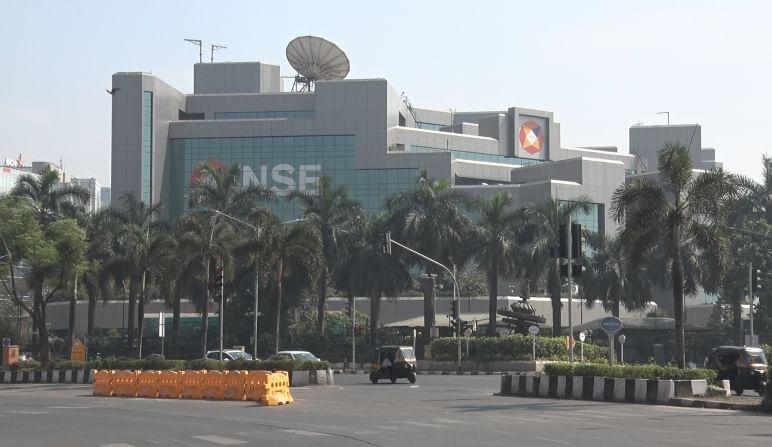Five lessons equity investors should learn from Covid-induced lockdown
Investors need to diversify their wealth across major asset classes especially to the safe fixed income securities with at least 30% exposure at any point in time.
- G Chokkalingam
- Last Updated : March 27, 2021, 18:28 IST

The crash in the domestic stock market was quite unique for Indian investors over the last three decades. This is the first crash led by a major macroeconomic event – country-wide lockdowns led to a record level of contraction in the domestic economy (GDP). The unique experience of the pandemic led to a major economic crisis led to massive fear and confusions not only among the individual investors but even for the seasoned fund managers and advisers. The FIIs and a large number of individual investors offloaded the domestic equities. Consequently, the Sensex fell 39% from its pre-lockdown peak in 2020 and the market lost over Rs.50 lakh crore of overall market cap. However, surprisingly, the Sensex recovered over 84% by end of 2020 from its bottom seen on March 23, 2020, which coincided with the execution of nationwide lockdowns. This unprecedented crash and also solid recovery in the equity markets give several key insights to the investors.
1) First of all, the equity as an asset class never becomes zero (of course, individual stocks can become zero if they are not backed by the fundamentals). Hence, there is no need to act as if “there is no tomorrow”. Yes it is wise to generate significant cash in the equity portfolios in such events but never try to zero the equity asset class as a whole and move away completely.
2) Investors need to diversify their wealth across major asset classes especially to the safe fixed income securities with at least 30% exposure at any point in time. Within fixed income securities, there is no need to take risk for differences in the interest rate returns – the safety of capital should be a prime importance, not the rate of returns.
3) It is wise to avoid deploying borrowed money in the markets or deploying even their own money when the debt exceeds significantly own money (net worth). The FIIs, with over $450 billion of exposure to the domestic markets, have become a major force in the domestic markets. It is quite evident that we do not have the required appetite to support the markets in the event of any significant selling by the FIIs. Mere $8 billion worth of equity selling by the FIIs along with the fear of individual investors led to a massive crash last year despite the domestic institutions providing significant support to the markets. Thus, any major fear among the FIIs and subsequent offloading of equities by them can temporarily lead to a crisis in the markets. Therefore, it is always better to deploy own surplus (over and above debt liability) money in the equities for the long-term.
4) Unfortunately skewed performance of the markets has gained further momentum post lockdowns – just 10% of listed stocks account for over 90% of overall market caps. The overall gains in the markets post-lockdowns predominantly accounted for by less than 10% of listed stocks. Hence, the individual investors, unless having a significant risk appetite and also their profile suits to be real long-term investors, should diversify their equity allocation to include top 250 stocks (in terms of market cap) as well.
5) Within 2020, the investors moved away from the “peak of fear” to the “peak of over-optimism” on many stocks without any concern for their valuations. Several stocks with single-digit growth in earnings also enjoy 50 to 100 PEs. The year 2021 would most probably correct this anomaly.
(The writer is founder of Equinomics Research and Advisory, views expressed are personal)
Download Money9 App for the latest updates on Personal Finance.

